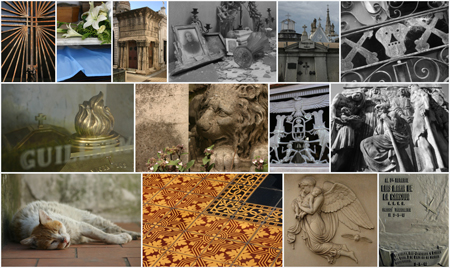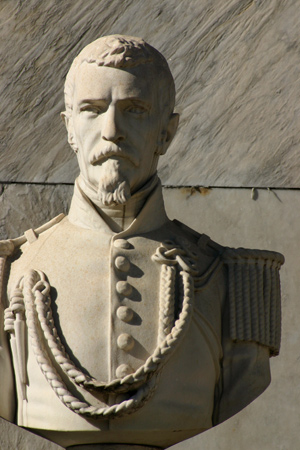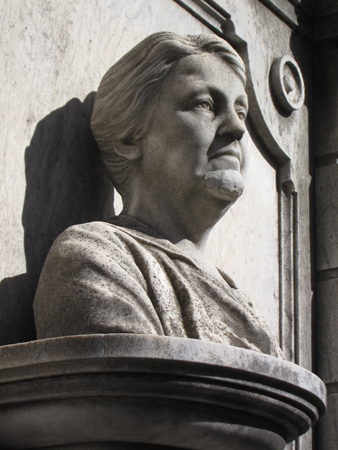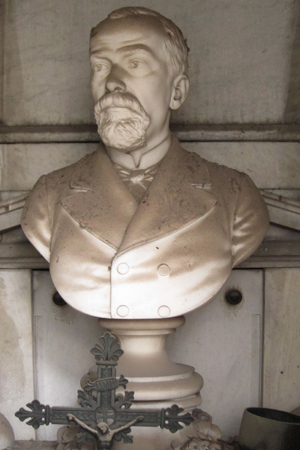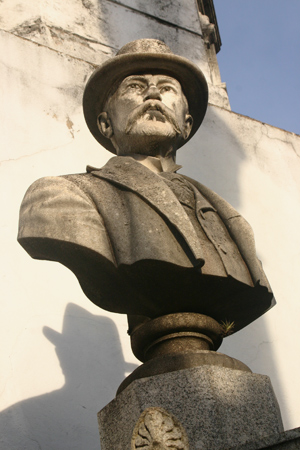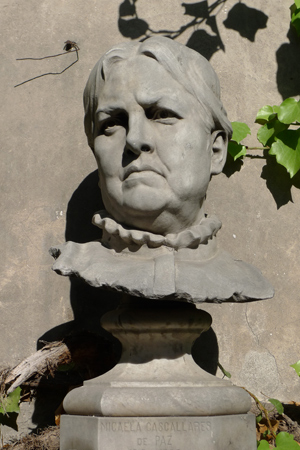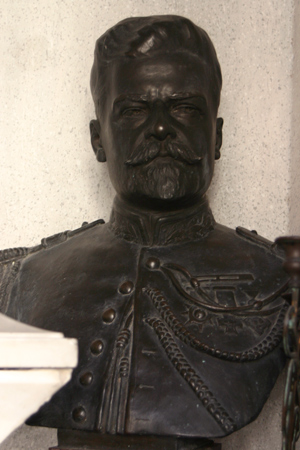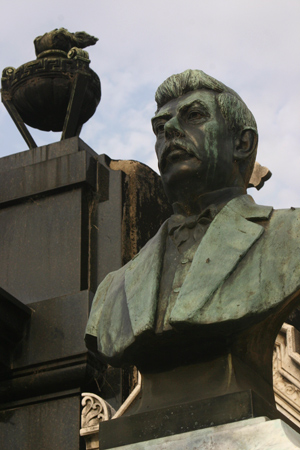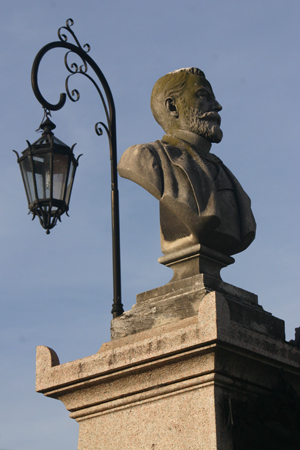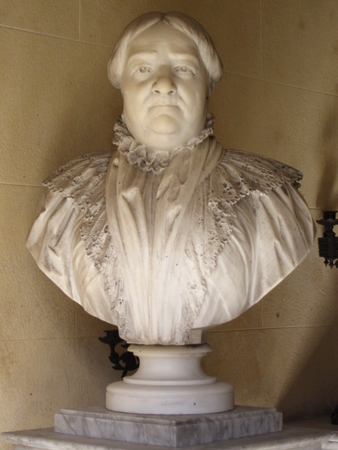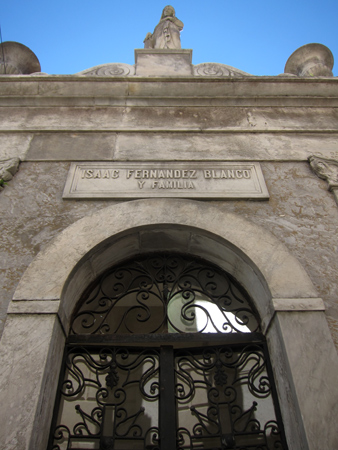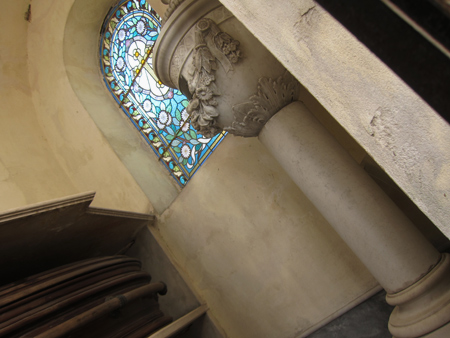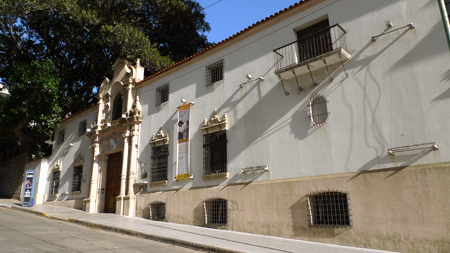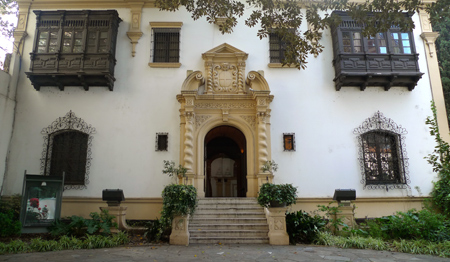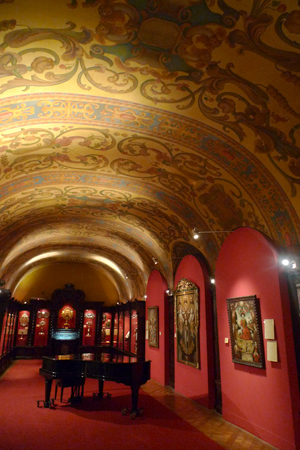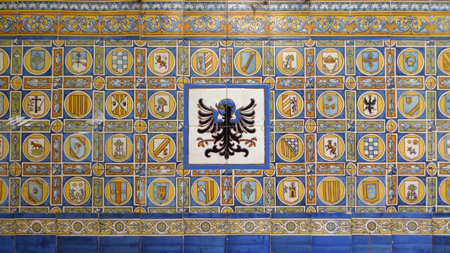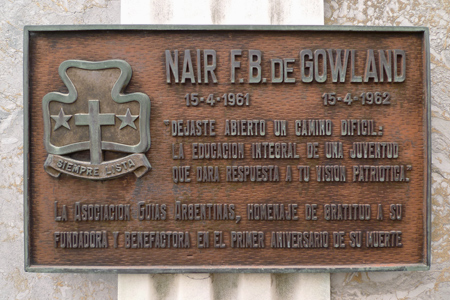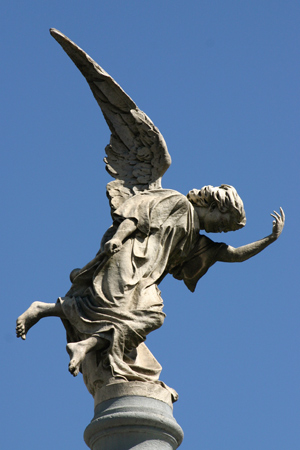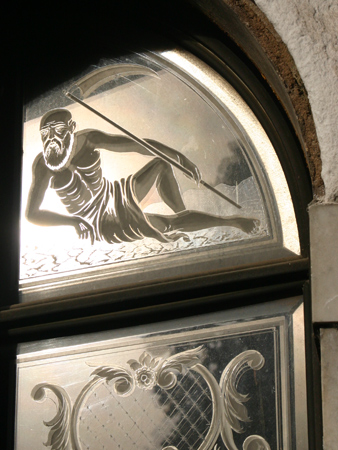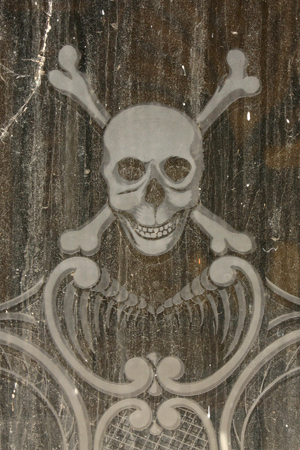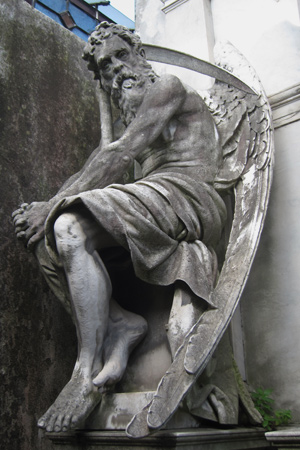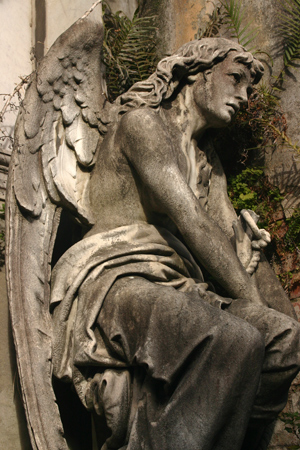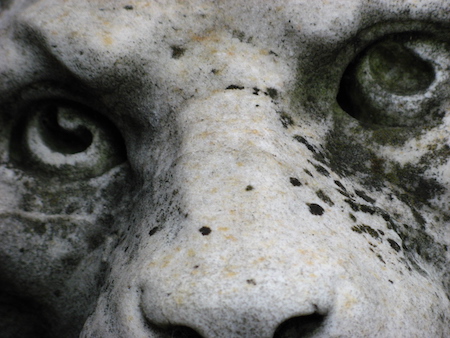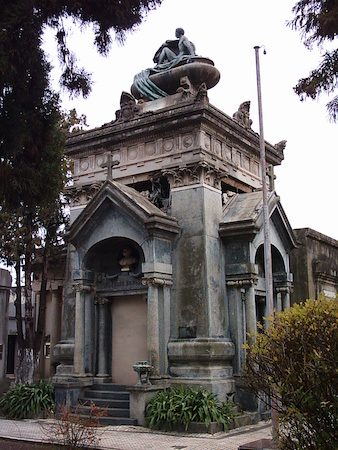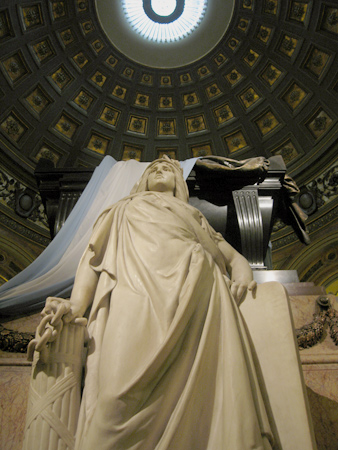
Recognized Argentine architects like Julián García Núñez & Alejandro Christophersen helped build Recoleta Cemetery and were buried there as well. But surprisingly few burial sites for major architects are known today. Perhaps they shared a similar fate as that of Julio Dormal…
Born in 1846 in Liège (Belgium), Jules Dormal Godet arrived in Argentina after studying architecture in Paris. Early business deals failed but after settling in Buenos Aires in 1870, Dormal’s timing & contacts could not have been better. Sarmiento hired him to design a new park—Parque 3 de Febrero—previously occupied by the estate of the President’s arch-enemy, Juan Manuel de Rosas.
Many more projects followed. In fact, Dormal was responsible for several landmarks still visible today in Buenos Aires. He designed the tomb to house the remains of General San Martín inside the cathedral (top photo above). After the assassination of architect Victor Meano, he continued construction of the National Congress:
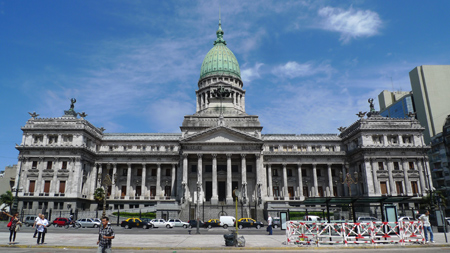
Meano also left the Teatro Colón incomplete, so Dormal took over as well & designed much of the interior:
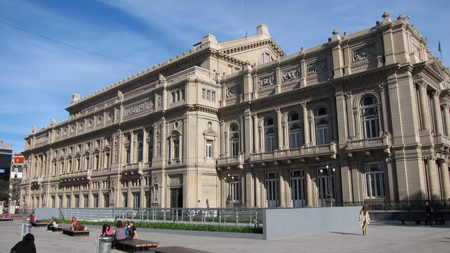
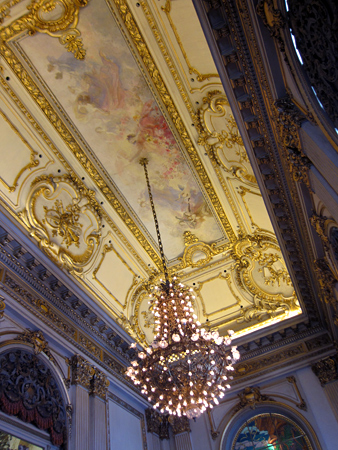
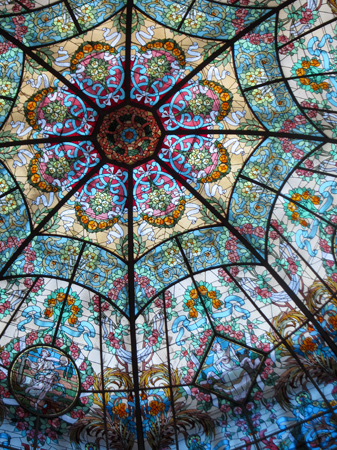
In following years, Dormal completed or executed from start to finish many of the aristocratic mansions in the northern sector of the city. The Palacio Pereda now houses the Brazilian embassy:
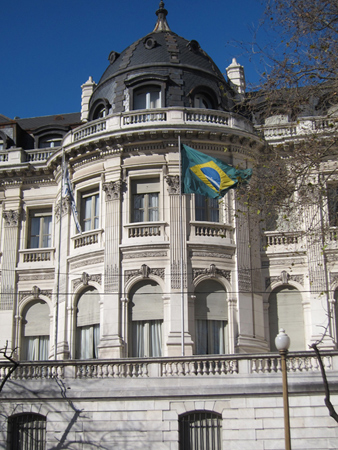
Unfortunately many of those grand houses have since been demolished. But the residence for Julio Peña still stands on Calle Florida, now occupied by the Sociedad Rural Argentina. Non-members can get a peek at the luxury inside by going for lunch at the restaurant:
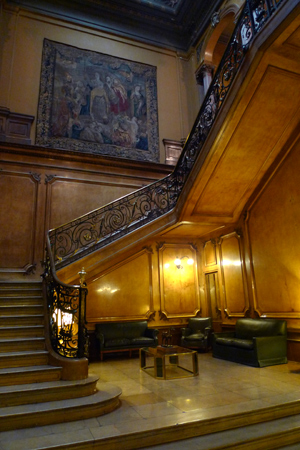
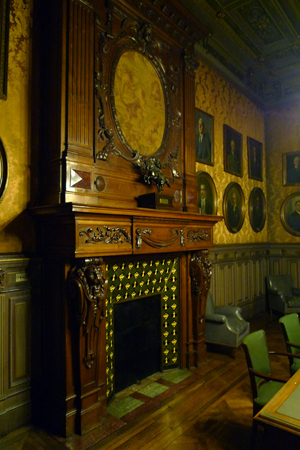
Not limited to only Buenos Aires, Dormal also built several notable structures in other cities. Perhaps his most emblematic work outside the capital is the very afrancesado Casa de Gobierno in La Plata:
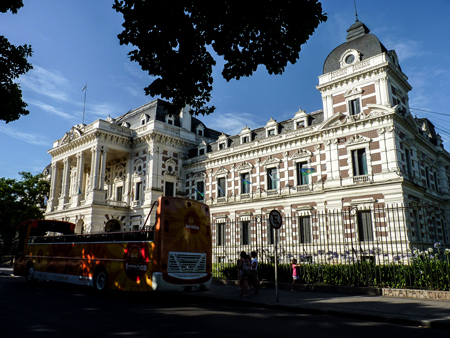
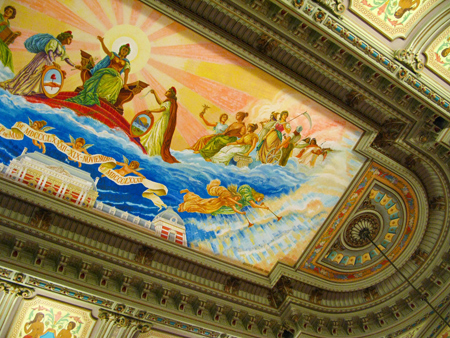
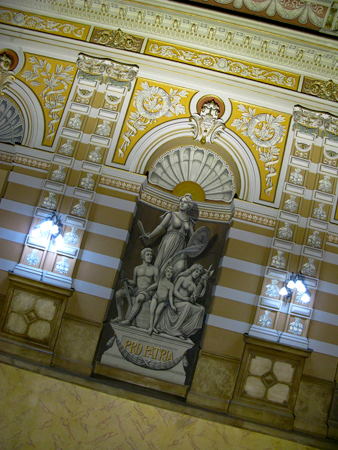
Dormal passed away in 1924 & was buried in Recoleta Cemetery inside the mausoleum belonging to his second wife, Elena Sosa Díaz. But his remains were cremated in 1989 and, according to cemetery records, were likely placed inside the Dolmas Arévalo vault. Why? No one knows. However, neither the Sosa Díaz tomb nor that of Dolmas Arévalo exist today.
Hopefully Jules Dormal continues to rest in peace wherever he may be.
Photos of the Casa de Gobierno in La Plata courtesy of Marcelo Metayer.
